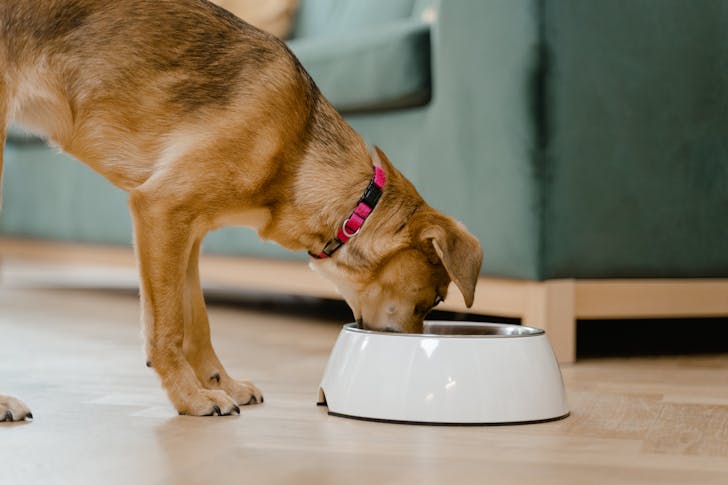Why You Should Never Do THIS Right After Walking Your Dog
Dogs often rush to their bowls after a long walk, but letting them gulp water right away can backfire. When a dog drinks too fast after exercise, it can take in too much air, which may lead to bloat, which is a serious and sometimes deadly condition.
Veterinarians suggest offering small sips instead of a full bowl. Dogs with deep chests, like Great Danes or Weimaraners, are more prone to bloat. Even smaller breeds aren’t completely safe. Keep water available, but control how fast they drink.
Handing your dog a big serving of dry kibble right after exercise might seem harmless, but it can be risky. When a dog eats fast on an empty stomach after moving around, it is more likely to swallow air with food, another known cause of bloat.
Dry food also expands in the stomach, making things worse. Moistening dry kibble before feeding and sticking to smaller, spaced-out meals is safer. Wait until your dog is calm and breathing normally before feeding anything.
However, some owners feed their dogs just before a walk to save time. Trainers say that is a bad idea. A full stomach paired with activity can cause the stomach to flip, especially in large breeds. This is how gastric torsion begins.
Even mild movements, like jumping or rolling over, can be dangerous after a big meal. Dogs should rest for at least 45 to 60 minutes after eating before heading out. That buffer helps keep digestion steady and reduces emergency risks.
Many dog owners have switched to raised bowls, thinking they reduce strain and mess. However, research shows these feeders are linked to higher cases of bloat in large breeds. The elevation may cause dogs to swallow more air while eating.
Vets now discourage raised bowls unless there is a specific medical reason. If you are using one just because it looks tidy or convenient, consider switching back. Floor-level feeding is safer for most dogs.
Keep the Post-Walk Energy of Your Dog in Check

Mart / Pexels / Right after a walk, your dog might still be hyped up. That is not the right time to let them bounce around or eat fast.
This kind of excitement keeps the stomach active and may cause more air intake, which is what contributes to bloat. Give them a chance to cool down and settle. Calm behavior allows the digestive system to function normally. Hold off on feeding or giving lots of water until they are back in resting mode.
Meals should happen when your dog is at rest. Vets advise waiting one to two hours after a walk before offering food. This window helps lower the chance of stomach trouble and gives your dog time to return to a more stable state.
The same rule applies in reverse: No walks or rough play right after eating. Schedule mealtimes and walks with this buffer to build a safer routine and help your dog stay comfortable.
If your dog ever seems off after a meal or walk, don’t brush it off. Bloat can start with subtle signs—restlessness, drooling, a swollen belly—and sometimes they’ll try to vomit, but nothing comes out.
Timing is everything. Bloat can go from bad to worse fast, so don’t wait to see if it passes. Call your vet or get to an emergency clinic. It’s always better to be safe than too late.